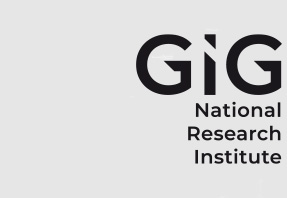Abstract
Artisanal small-scale gold mining presents opportunities for Uganda’s rural poor. However, it also poses serious environmental, health and safety challenges. A suite of data collection methods including interviews, focus groups discussions, water and soils sampling were used to examine the perceptions of miners on the status, prevalence and extent of mercury use in artisanal gold mining, mercury transit routes and toxicity levels of soils and water in Karamoja sub-region. It also explores the health, safety and environmental implications of artisanal small-scale gold mining in the sub-region. The findings show that trade and access to mercury is widespread; although trade in, access to and its use is highly secretive. Traders access mercury through a number of ways including smuggling across the porous borderline and formal, but covert, importation. Miners then discreetly access it through undercover sales in jewellery shops and in affluent gated communities in Uganda’s capital, Kampala. Soil and water samples showed mercury levels that exceeded the minimum acceptable limits of 0.03 mg/kg and 0.006 mg/l respectively. Further, artisanal small-scale gold mining is associated with massive land clearances and landscape deformations. It has invariably scarred the countryside with piles of waste and uncovered pits that are a source of accidents and ideal breeding grounds for vectors.
Recommended Citation
Serwajja, Eria and Mukwaya, Paul Isolo
(2021)
"Environmental, Health and Safety Intricacies of Artisanal Mining in the Gold-rich Landscapes of Karamoja, North-Eastern Uganda,"
Journal of Sustainable Mining: Vol. 20
:
Iss.
2
, Article 4.
Available at: https://doi.org/10.46873/2300-3960.1055
Creative Commons License

This work is licensed under a Creative Commons Attribution 4.0 License.

